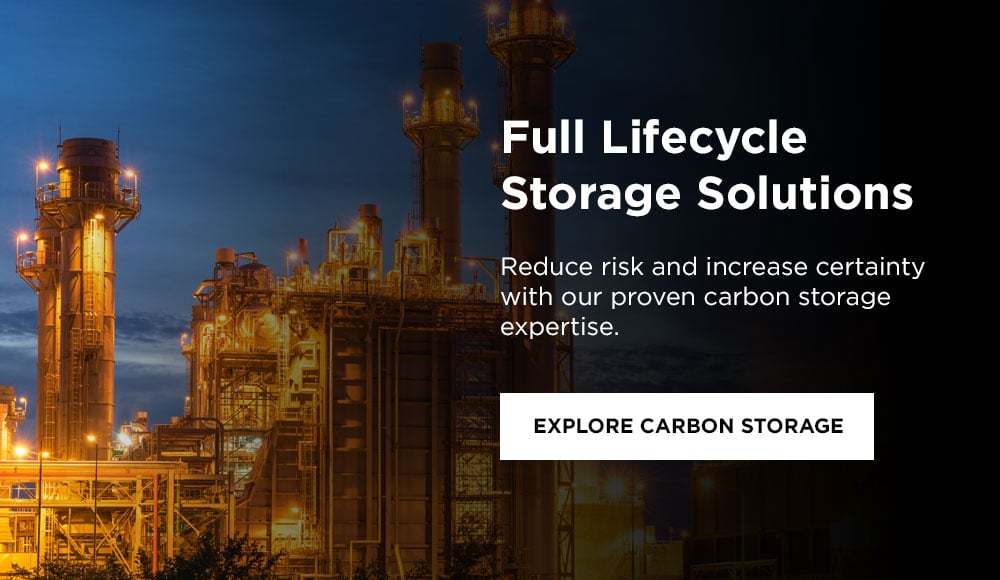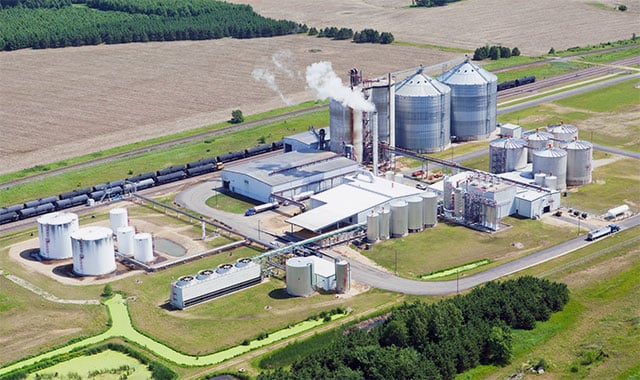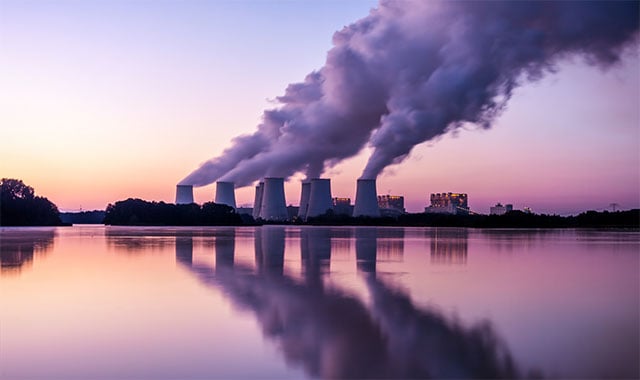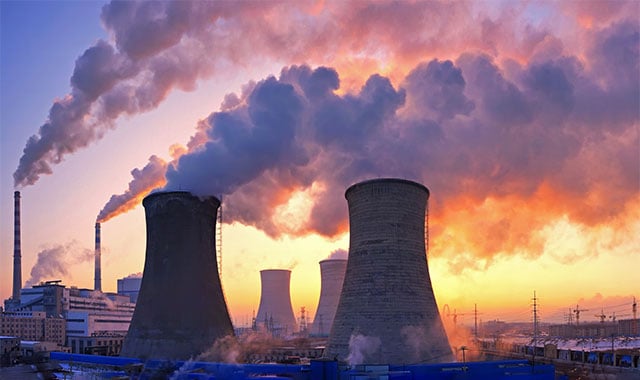Why Ethanol Producers Should Look at CCS Now

Carbon dioxide (CO2) is a byproduct of ethanol production. Most ethanol producers treat this CO2 as a waste stream, but they could be missing out on a valuable revenue opportunity. Carbon capture, utilization and storage (CCUS) is a viable option for producers looking to monetize their CO2 emissions while reducing their carbon footprint.
What Is CCS?
CO2 gas is produced during the fermentation stage of ethanol production. Normally, this gas escapes into the atmosphere, where it adds to a growing greenhouse gas problem.
CCS gives ethanol producers a new option for carbon waste management that is good for the environment and the bottom line. Capturing and storing carbon keeps it out of the atmosphere, reducing overall carbon emissions for the industry. Utilization turns a former waste stream into a valuable commodity.
Learn more about CCS with our FAQs page.
Why CCS for Ethanol Producers? Why Now?
-
CO2 released during the fermentation stage of ethanol production is highly purified, with just a bit of water to remove.
-
Most ethanol producers in the U.S. are located in areas with favorable geology (particularly through the Midwest and heartland) and near oil producers in need of purified CO2 for EOR.
-
Changes to the 45Q tax credit have made monetization of CCUS more viable for smaller CO2 emitters, including ethanol producers.
Ethanol producers can monetize their CO2 emissions in two ways:
-
By selling CO2 directly to potential users (usually oil & gas companies, but also to smaller users such as the carbonated beverage industry)
-
By taking advantage of tax credits for carbon emission reduction. The 45Q program, initially implemented in 2008, is the primary government program aimed at reducing carbon emissions through CCS.
The Bipartisan Budget Act of 2018 amended the 45Q program in several ways.
-
It increased the value of the tax credit from $20 to $50 per metric ton for secure geologic storage projects and from $10 to $35 for CO2-EOR projects.
-
It reduced the annual capture requirement from 500,000 metric tons to 100,000 metric tons for ethanol plants.
-
It allows the capturer of the CO2 to transfer the credit to other entities, enabling flexible business models.
Together, these amendments make the economics of CCS much more attractive for ethanol producers. There has never been a better time to start a CCS project.

Getting Started with CCS
To be eligible for the 45Q tax credits, construction for the CCS project must be underway by Jan. 1, 2026. To ensure ample time for feasibility studies, assessment and planning, and site characterization prior to the start of construction, ethanol producers wishing to take advantage of these credits should get started as soon as possible.
Ethanol producers must meet several criteria for CCS to be a viable strategy. Questions to ask include:
-
Does your plant produce at least 100,000 metric tons of CO2 per year?
-
Are you located in an area with favorable geology for permanent storage of CO2?
-
Are there nearby oil & gas producers who may be interested in purchasing your CO2for EOR?
-
What is the capital investment required to implement CO2 capture and compression at your facility?
-
Are you prepared to make the capital investment in time to meet the Jan. 1, 2026 deadline?
To learn your site's CCS options, check out our no-cost Carbon Storage Assessment here.
Ethanol producers interested in monetizing their carbon emissions will benefit from having an experienced partner by their side to help them navigate the technical, legal and economic complexities of CCS. Battelle is working with ethanol producers to help them take advantage of the 45Q tax credits and make the economics of CCS work for their companies. We handle all phases of CCS, including initial feasibility studies and assessment, site characterization, permitting and construction, operations and maintenance, and site closure and post-injection monitoring.
Related Blogs
BATTELLE UPDATES
Receive updates from Battelle for an all-access pass to the incredible work of Battelle researchers.







